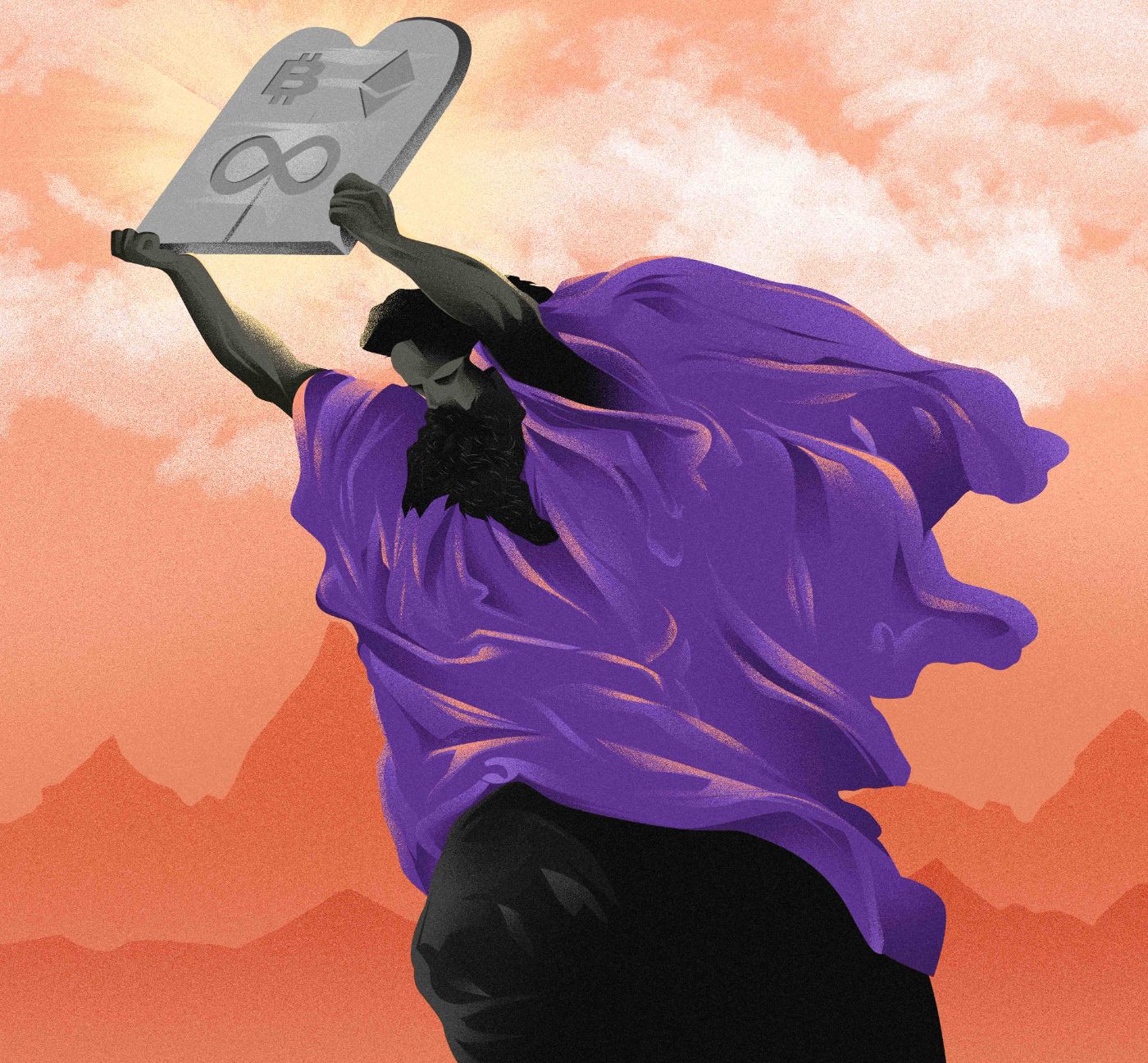443 reads
What Are The Benefits Of Having DApps Run 100% On-Chain?
by
September 25th, 2022
Audio Presented by

- Crypto Analyst & Writer - Commenting on all things Web3 - Interested in smart contract platforms
About Author
- Crypto Analyst & Writer - Commenting on all things Web3 - Interested in smart contract platforms